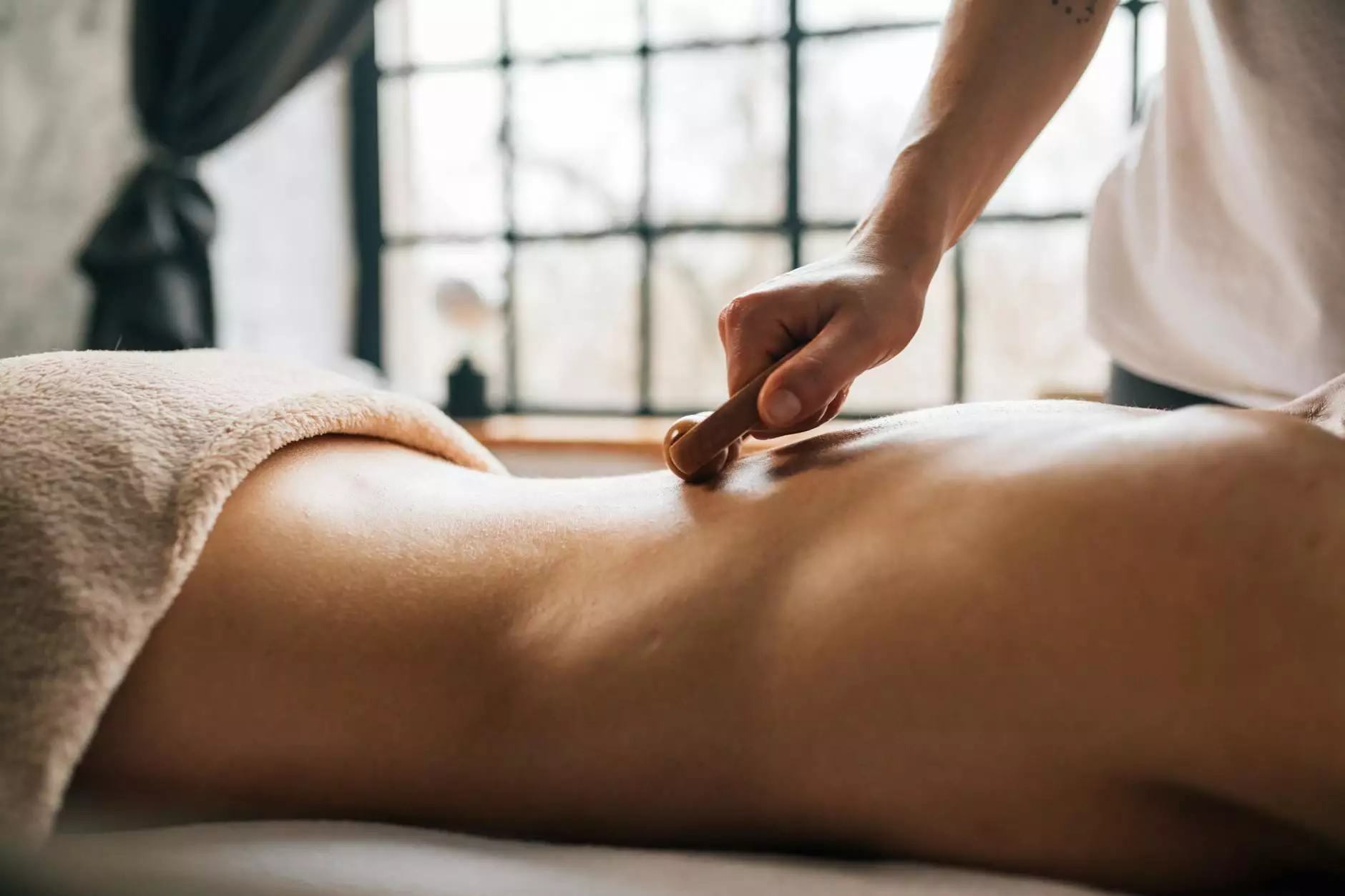The Ultimate Guide to Longboard Flex and Finding the Perfect Ride

When it comes to the exhilarating world of longboarding, one crucial factor that differentiates your riding experience is the longboard flex. The flex aspect of your longboard can significantly influence how you carve, cruise, and conquer your favorite hills. This article delves into the nitty-gritty of longboard flex, offering a comprehensive understanding tailored for both beginners and seasoned riders.
Understanding Longboard Flex
Before diving into the technicalities, it’s essential to grasp what longboard flex truly means. The flex of a longboard refers to the board's ability to bend or flex under weight. This characteristic can be influenced by various factors, including:
- Material: The type of wood or composite used affects how much flex the board will have.
- Length: Longer boards often have more flex due to their size.
- Thickness: Thicker boards tend to be stiffer, while thinner boards can offer more flex.
Understanding longboard flex is fundamental for selecting the right longboard for your riding style and preference.
Types of Longboard Flex
Longboards can typically be categorized based on their flex characteristics. Understanding these types can help you make an informed choice:
1. Stiff Flex
A longboard with a stiff flex is less prone to bending, which provides excellent stability at high speeds. This type is perfect for downhill racing where control is paramount. Key features include:
- Enhanced stability
- Better power transfer during turns
- Less fatigue for the rider over long distances
2. Medium Flex
Boards with a medium flex balance stability and a comfortable ride. They can handle a variety of riding styles, making them versatile. Some advantages include:
- Enough flex for cruising and commuting
- Good shock absorption on uneven surfaces
- Control for both trick riding and downhill
3. Soft Flex
If you're into cruising, dancing, or freestyle riding, a longboard with a soft flex might be your best choice. This type offers maximum flex and maneuverability. Benefits include:
- Enhanced ability to absorb bumps
- Greater flexibility for tricks and movement
- Ideal for leisurely rides and carving
Factors Influencing Longboard Flex
Several factors come into play when considering the flex of a longboard. Here’s a deeper look:
Material of the Longboard
The material used in constructing the longboard is perhaps the most significant factor affecting its flex. Common materials include:
- Maple Wood: Known for its durability and stiffness, perfect for stiff flex boards.
- Bamboo: Often used for softer flex boards as it offers good flexibility and shock absorption.
- Fiberglass: Added to many boards for reinforcement, influencing the overall flex level.
Design Influences
The design of the longboard, including its shape and construction method, can affect how it flexes. A well-designed board will provide the rider with optimal control while allowing for the right amount of flex.
Choosing the Right Longboard Flex for Your Style
Choosing the right longboard flex is crucial to enhancing your riding experience. Below, we outline several riding styles and their preferred flex types:
Downhill Riding
For downhill racing, a stiff flex board is advisable. This allows for greater speed and stability while navigating steep slopes. Look for boards designed specifically for downhill with low centers of gravity and solid construction.
Freestyle Riding
Freestyle riders typically prefer a soft flex board. The flexibility allows for better pop and maneuverability when performing tricks. Look for boards that combine a soft flex with a strong construction for durability.
Cruising and Commuting
If cruising is your goal, a medium flex board can provide the comfort needed over long distances while still being agile enough for spontaneous tricks or navigational maneuvers.
The Benefits of Choosing the Right Longboard Flex
Selecting the appropriate longboard flex offers numerous benefits:
- Enhanced Performance: A longboard that suits your flex preference will perform much better.
- Increased Comfort: The right flex reduces rider fatigue and enhances the overall experience.
- Improved Safety: A well-matched flex helps maintain control, crucial for safety at different speeds.
Testing Your Longboard Flex
Before settling on a longboard, testing its flex can provide crucial insights. Here’s how:
- Choose a board: Select a longboard that interests you.
- Apply weight: Place your weight on the board and observe how much it flexes.
- Test riding: Take it for a test ride to get a feel for its performance and handling.
Conclusion
In the vast world of longboarding, understanding longboard flex can significantly influence your riding experience. Choosing the right flex based on your preferred riding style, combined with the appropriate materials and design, will enhance your performance and enjoyment. Remember to consider your unique needs and preferences when selecting your longboard, and don’t hesitate to test various models.
For those on the lookout for the perfect longboard, visiting specialized shops like exwayboard.com offers a wealth of options to explore. Whether you are a seasoned rider or just embarking on your longboarding journey, choosing the right longboard with the perfect flex can make all the difference. Happy riding!









